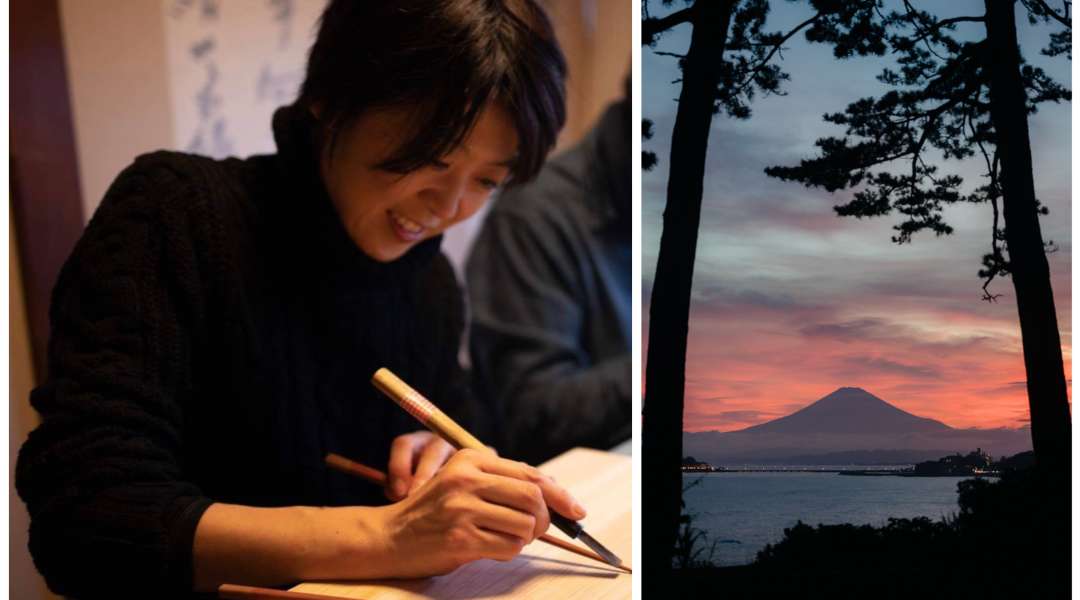
Yukiyo Matsuzaki Smith was born in Japan but studied and worked in the US for a few years. Upon returning to Japan in 2012, her family moved to Kamakura, just outside of Yokohama, where exploring the area and meeting the locals made her realise that there is much more to Kamakura beyond the famous Great Buddha. A few years later in 2018 she set up Kamakura Mind to create a place to convey the charm of Kamakura and Japanse culture to visitors in accessible ways. We talked about Yukiyo's favourite undiscovered destinations in Kamakura and areas, and her top picks for eating out.
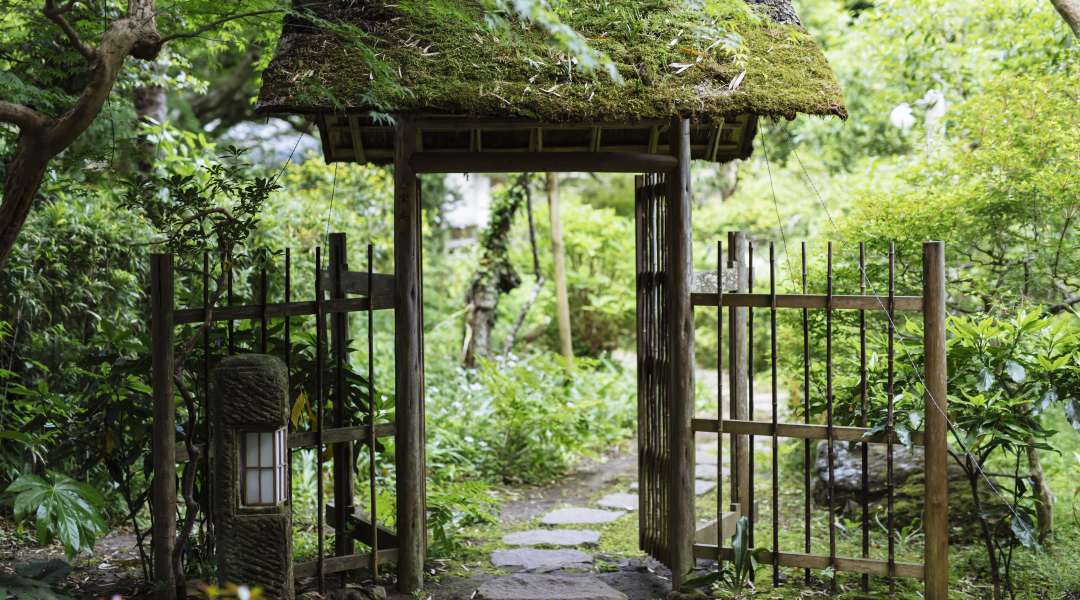
Hi, thanks for talking to us today. Could you tell us a little about yourself?
I was born in Chiba, Japan and moved to New York City at the age of 15 when my father’s job took my family there. I returned to Japan after attending high school in New York and studying piano at the Juilliard School, and graduated with a Bachelor of Arts degree from International Christian University (ICU).
Back in Japan, I found work as an HR specialist with foreign affiliated companies, including Nike Japan.
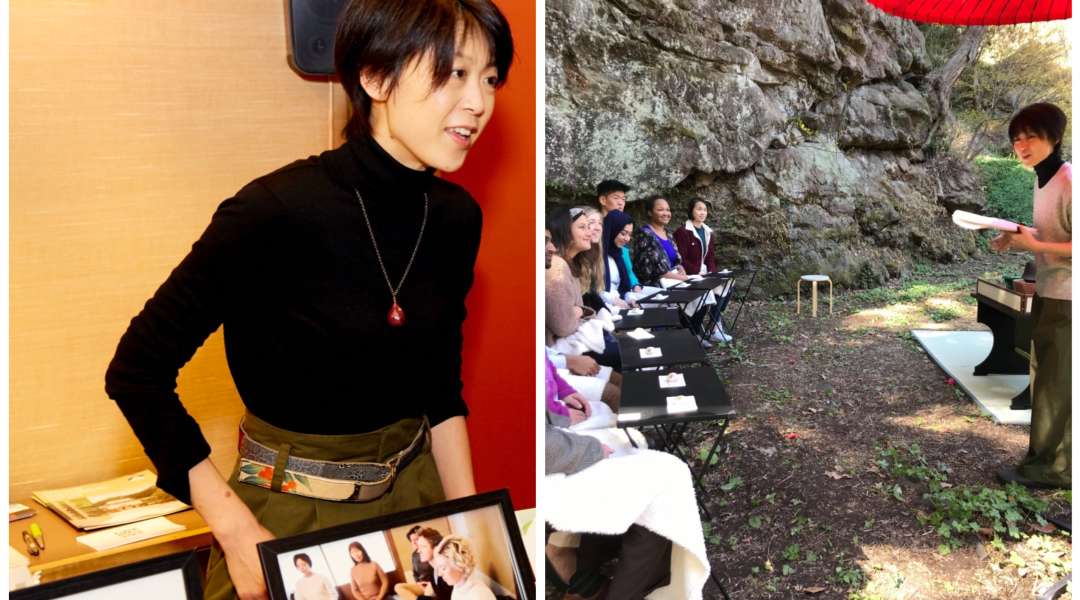
After marrying an American translator and having two kids, I returned to the U.S. and worked as an assistant chef, hall manager, and receptionist at a long-established resort hotel owned by my in-laws in Vermont, where I was involved in all aspects of management, including the implementation of a new reservation system, marketing and staff training. This was my first experience with destination tourism, and the moment I realized that fostering harmony between locals, tourists, employees, and the organisation was essential to creating a sustainable destination.
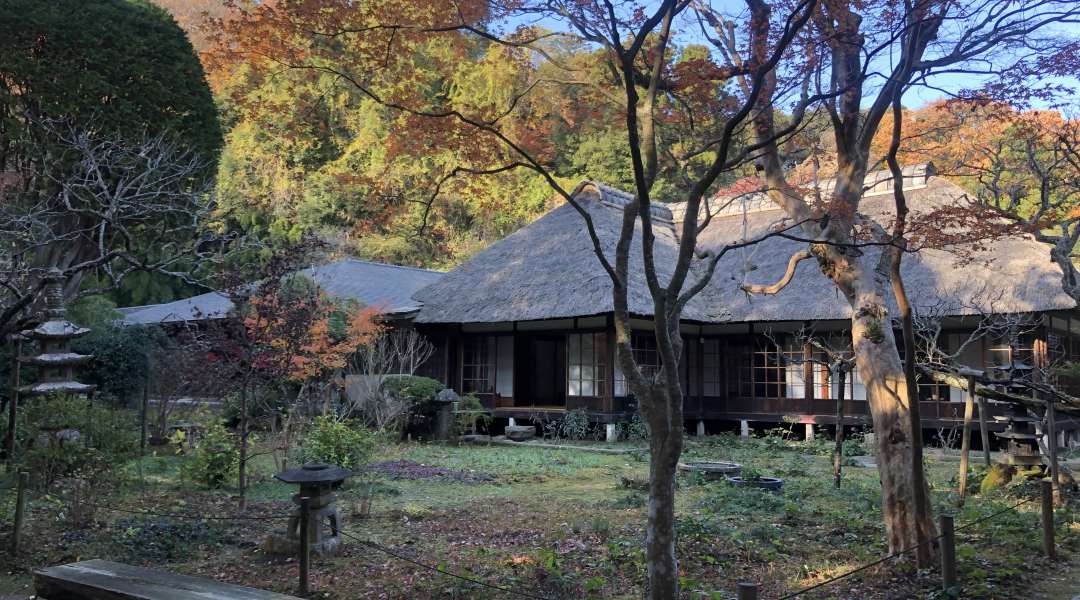
I came back with my family to Japan again in 2012, this time to Kamakura, where I established Kamakura Mind in 2018: a place where people can experience Japanese culture, art, and nature, all in English, with the aim of "communicating the beauty of Japanese culture beyond the language barrier." In partnership with about 20+ instructors, I provide programs for foreigners in unique locations such as traditional Japanese houses, tea houses, and zen temples, using my experiences in both Japan and the United States. As a place where you can experience Japanese culture in English, Kamakura Mind has been featured in Tokyo Weekender, the oldest English-language information media for foreigners in Japan.
In January 2020, I launched Kamakura Concierge, exclusive tours focusing on "Zen Culture in Kamakura".
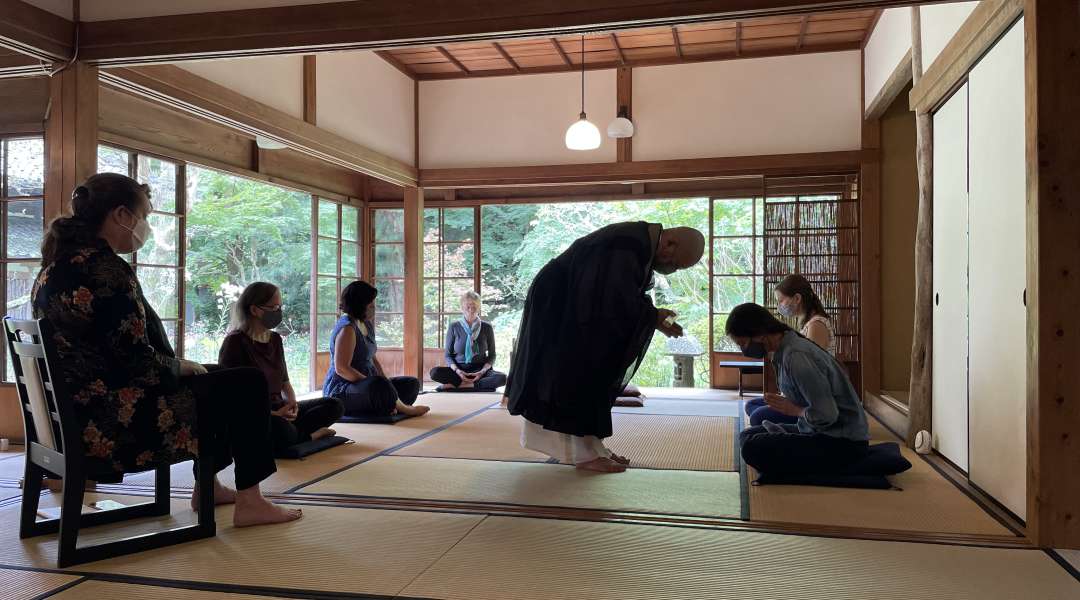
What inspired you to start Kamakura Mind? What do you offer?
Located about an hour south of Tokyo, the city of Kamakura is famous for its natural setting, with mountains on three sides and ocean on the other. Kamakura is rich in history and culture, too. Just walking around town, you can see remnants of the ancient samurai capital, and hear the echoes of Zen Buddhism’s rise in the ringing of the temple bells. Thanks to Kamakura being one of the towns spared from bombing in WW2, there are many old houses and traditional streets remaining. Since I started to live here in 2012, I’ve discovered many more charms of the town by just walking around and talking to people — artists, monks, and merchants.
Meeting the local artisans and cultural figures made me realize that Kamakura isn’t all about the big temples and big Buddha. There’s a lot this small city has to offer, and I’m grateful to be able to share some of the charms of Kamakura via Kamakura Mind.
You can find more info about why we chose Kamakura here and a list of our workshops here.
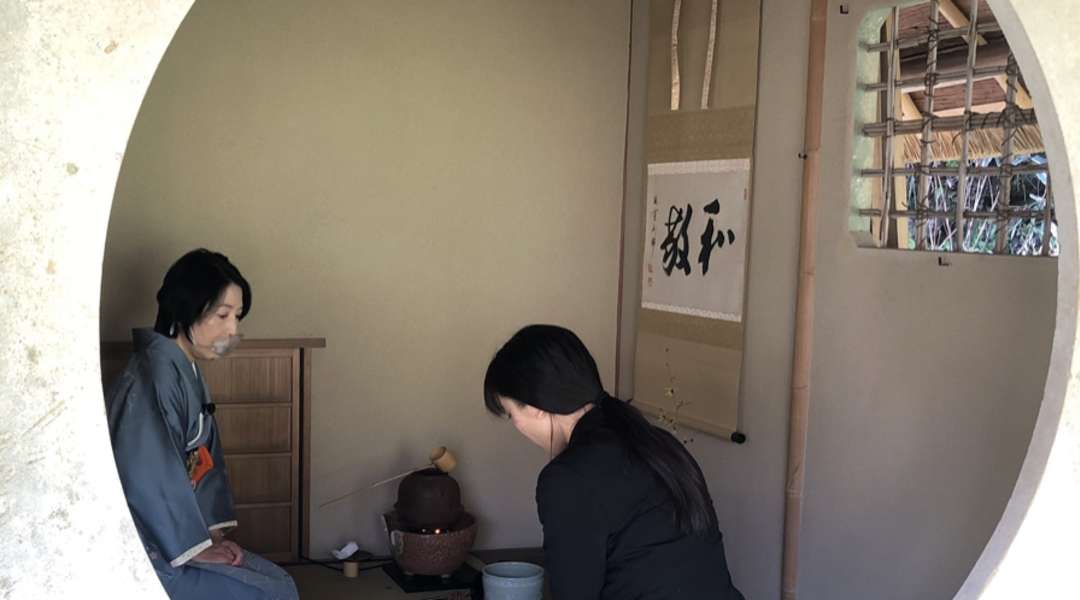
What are your favourite spots to visit in Kamakura and the surrounding areas?
Jochiji Valley
There are many Zen temples dotting the hills to the north of Kamakura. Jochiji Valley is located about a 10 minute walk from JR Kita-Kamakura station. When you enter the narrow road heading up into the valley, it’s easy to forget you’re only 40 min away from Tokyo.
Further along the road from Jochiji Temple, which is one of the five great Zen temples in Kamakura, is an 80+ year-old tea house, Houan and a traditional Japanese folk house where Kamakura Mind provides mindful workshops such as Zazen meditation and tea ceremony. The path beyond connects to the Daibutsu hiking trail which leads to the iconic Great Buddha of Kamakura. It is one of the routes we offer, a hiking walk tour to introduce people to Kamakura’s natural landscape and history.
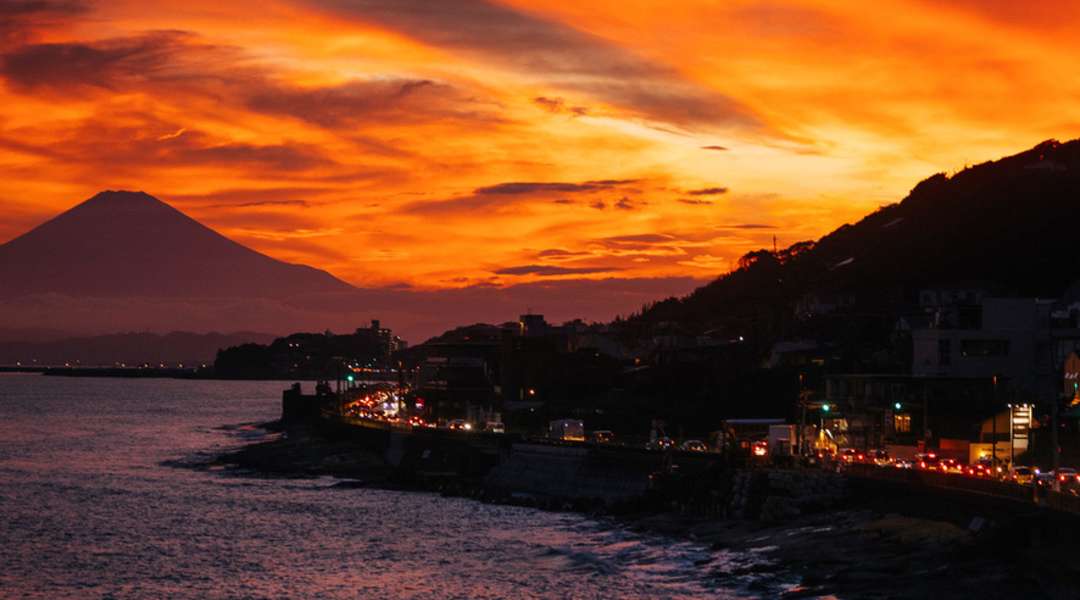
Inamuragasaki Cape & Park
A nationally designated historic site, this scenic spot is on the south coast of Kamakura. From the park, you can admire absolutely gorgeous sunsets with a view of Mr. Fuji and the tidal island of Enoshima in the foreground. The park and beach beside it are a mecca for surfers and photographers, and a popular dating spot for couples. It is fun to watch surfers catching the waves. The cape has a long history and it was the site of samurai battles in the medieval period. There is also an onsen (natural hot spring) with an ocean view.
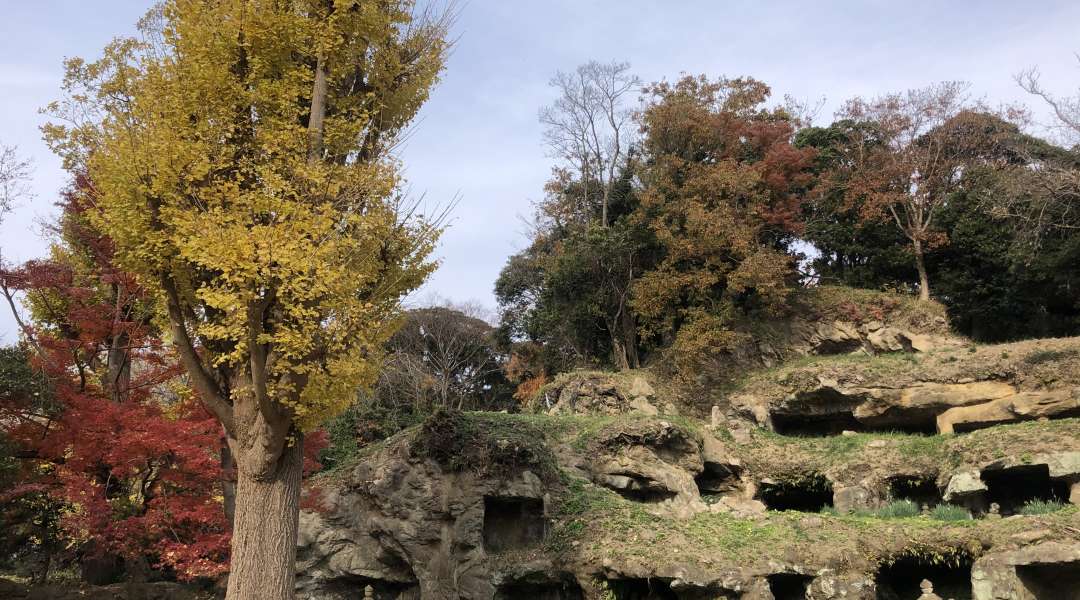
Nagoe Kiridoshi Pass
A national historic site located between Kamakura City and Zushi City, this is one of Kamakura's seven “kiridoshi” passes. It was originally the border separating Kamakura to the west and Miura Peninsula to the east. The pass cut through mountain terrain to serve as a route for land traffic that would be easily defensible during the Kamakura period. (12th-14th Centuries).
On the Nagoe Pass, you can visit the national historic site of Mandarado Yagura Caves, which is a series of more than 150 man-made caves originally used as tombs for the samurai class. The Mandarado is the largest known collection of yagura caves from that time. You can also see a roughly 800 meter-long escarpment, the remains of quarries that supplied stones for construction dating from the 14th-15th Centuries. It’s easy to feel the history while walking these passes that used to be Kamakura’s only connection to the outside world.
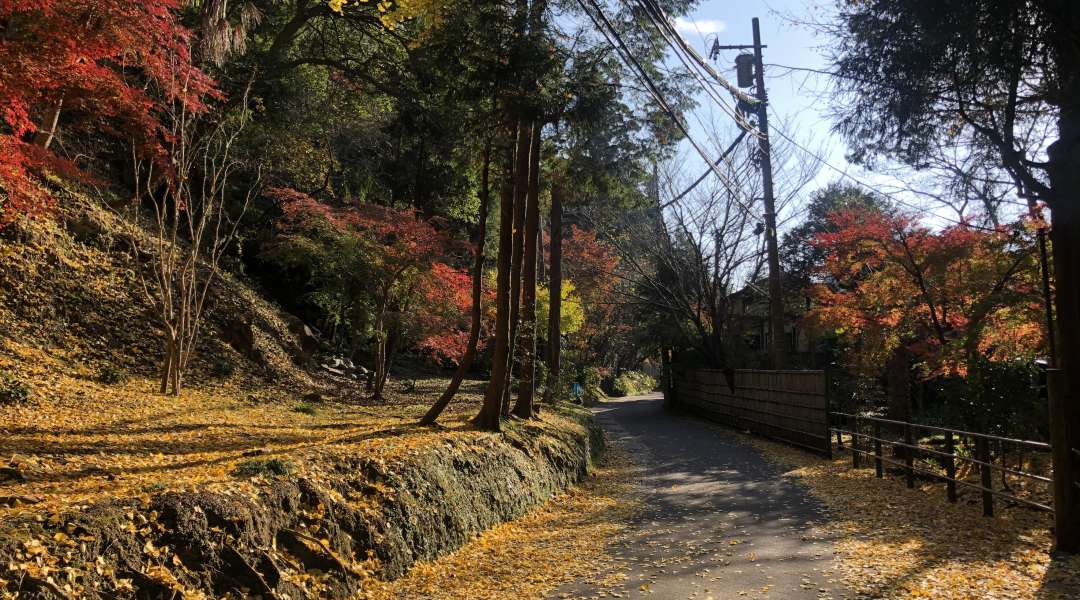
Do you have any food or restaurant recommendations in Kamakura?
Hachinoki
The prestigious Shojin Ryori* and Kaiseki restaurant in Kita-Kamakura. Hachinoki gets its name from a Noh play featuring a story about Hojo Tokiyori, the founder and patron of Kencho-ji temple. Hachinoki is loved by locals as well as tourists for their hospitality and high-quality meals served for over 50 years.
*Shojin Ryori is the traditional vegetarian cuisine eaten by monks. Temporarily, they are suspending serving Shojin Ryori for now. (as of Oct. 20, 2021), Kaiseki meals are availalbe.
Matsubara-an
Delicious soba, sake and Japanese cuisine in a traditional Japanese house.
Tsukui
Make-your-own Okonomiyaki pancake in a traditional Japanese house.
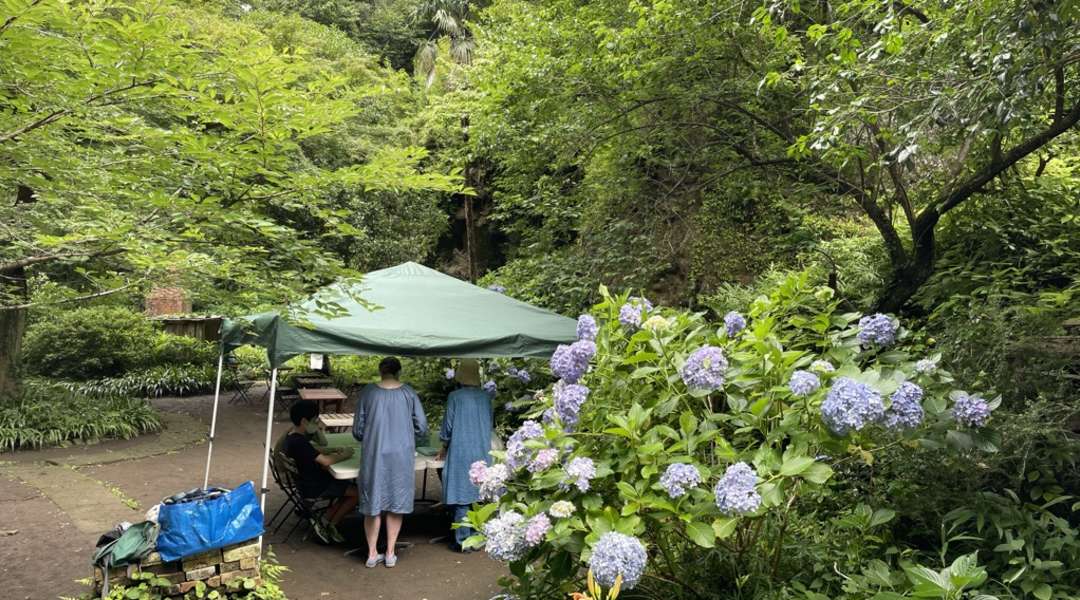
Cafe Guri
A cafe inside the Kamakura-bori Lacquerware Museum (Kamakurabori Kaikan). Tasty Shojin Ryori served in Kamakura-bori lacquerware using seasonal ingredients.
Takeru Quindici
Delicious pizza and Italian meal at a traditional Japanese house.
Akizuki
Outstanding flavorful Italian meals made using Japanese seasonal ingredients with a wide selection of natural wines at a renovated old Japanese style house.
Catch up with Yukiyo and Kamakura Mind on their website, Instagram or Facebook!
Or find out the fascinating international history of neighbouring Yokohama city here.

















































